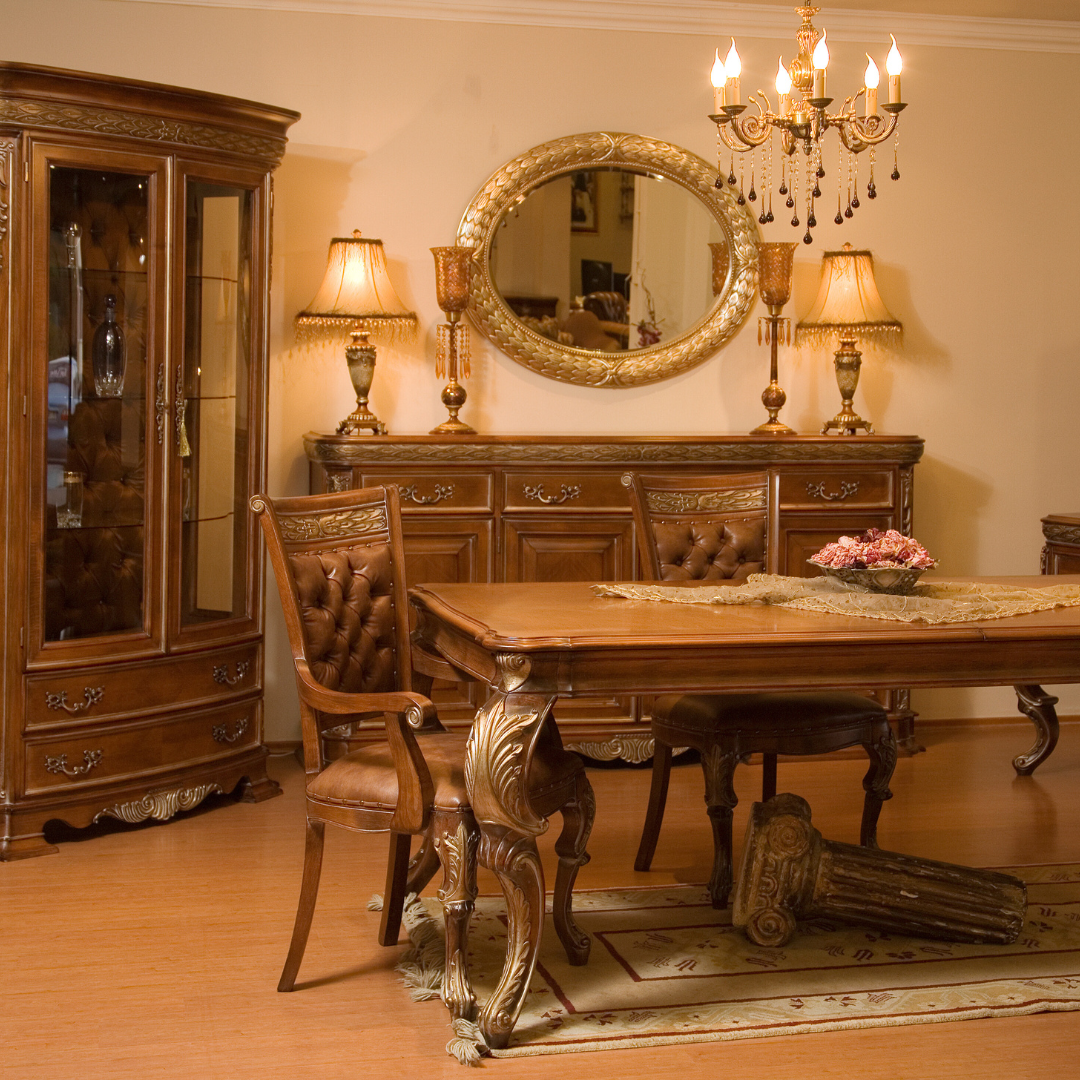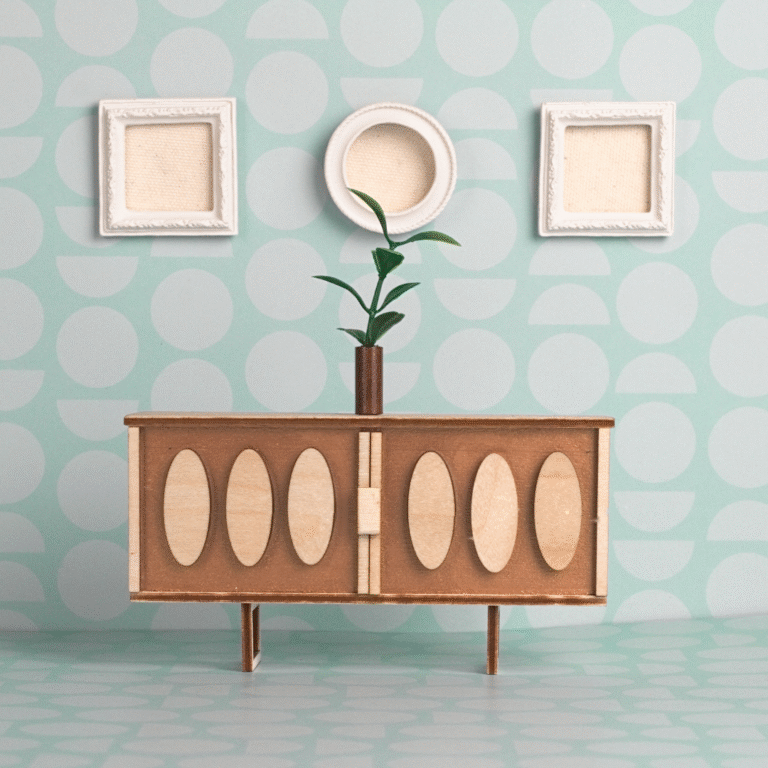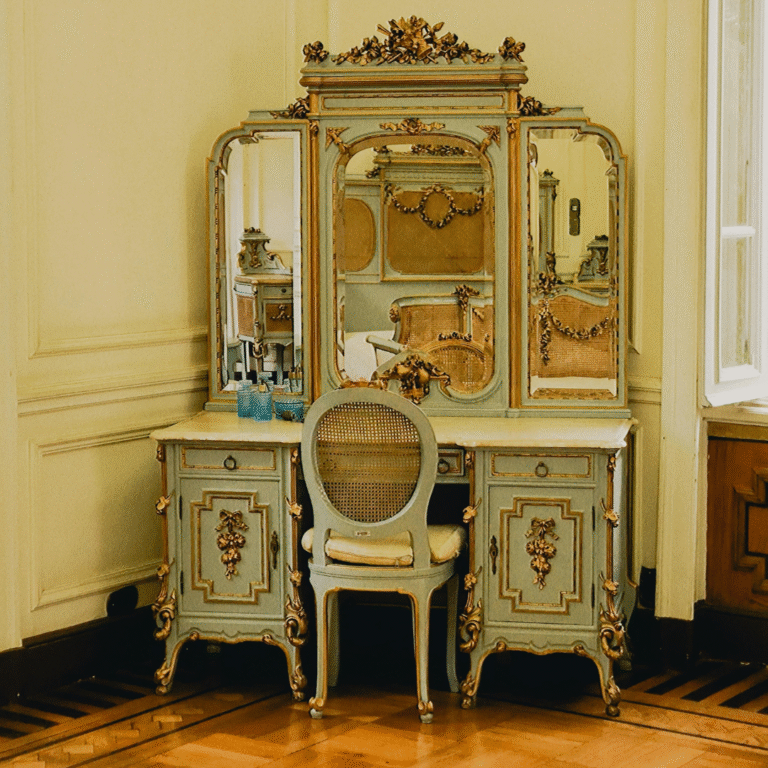Donec efficitur, ligula ut lacinia
viverra, lorem lacus.

Tips for Repurposing Old Furniture for a Fresh New Look: Creative Ideas to Revitalise Your Space
Old furniture often holds untapped potential, waiting for someone to breathe new life into it. With the right approach, repurposing can transform worn pieces into unique and stylish additions to any home. Creative techniques, such as painting, reupholstering, and combining items, can significantly enhance the aesthetic appeal while maintaining functionality.
Many people underestimate the impact that simple updates can have. A fresh coat of paint or new hardware can completely alter the character of a piece, making it feel modern and inviting. By exploring various DIY projects, individuals can not only save money but also express their personal style.
Repurposing old furniture is both a sustainable choice and an opportunity for innovative design. Embracing this practice allows for a bespoke touch to living spaces, fostering a sense of individuality. With thoughtful modifications, even the most ordinary items can become focal points in any room.
Foundational Tips for Repurposing Old Furniture
Repurposing old furniture can breathe new life into tired pieces and enhance any space. By selecting the right items, gathering essential tools, and planning effectively, anyone can achieve a stunning transformation.
Selecting Suitable Pieces
When choosing furniture to repurpose, consider pieces that have solid structure and good bones. Look for items made from durable materials such as hardwood, which tends to hold up better over time.
Inspect used furniture at yard sales and thrift stores for potential. Items with unique shapes or designs can provide an excellent foundation for creativity.
Avoid pieces with extensive damage unless one is prepared for significant repairs. Small imperfections can often enhance a project’s character, while badly damaged items may require more effort than they are worth.
Essential Tools and Materials
Gathering the right tools is crucial for a successful repurposing project. Essential tools include:
- Screwdrivers: For dismantling and assembling furniture.
- Sandpaper: To smooth surfaces before painting or staining.
- Paintbrushes and rollers: To apply finishes evenly.
- Measuring tape and level: For accurate measurements and ensuring stability.
In addition to tools, basic materials such as paints, stains, and varnishes are necessary for finishing. Selecting quality materials will ensure the longevity of the repurposed item. Safety gear, such as gloves and masks, is recommended when working with chemicals or power tools.
Planning Your DIY Project
Effective planning can make or break a repurposing project. Start by visualising the desired outcome. Sketching or using design software can help shape ideas clearly.
Create a step-by-step plan that outlines the process. This may include:
- Preparation: Cleaning and sanding the furniture.
- Repurposing: The main transformation, whether it involves painting, reupholstering, or structural changes.
- Finishing touches: Adding hardware, protective coats, or decorative elements.
Setting a realistic timeline helps keep the project on track. Being aware of the time each task may take ensures that the transformation stays enjoyable and manageable.
Creative Techniques for a Fresh New Look
There are numerous techniques for transforming old furniture, allowing for a creative approach to home decor. These methods include painting, reupholstering, using decorative elements, and refreshing hardware. Each technique offers a unique way to breathe new life into tired pieces.
Painting and Spray Paint Finishes
Painting is a versatile method for rejuvenating furniture. A simple coat of paint can entirely change the look of a piece, whether it is a coffee table or a bookshelf.
Spray paint offers a smooth finish and can cover detailed areas easily.
- Preparation: Begin by cleaning the surface and sanding it lightly for better adhesion.
- Primer: Using a primer ensures even colour and improved durability.
- Application: For spray paint, hold the can about 30cm away and move in a sweeping motion.
Choosing the right colour can significantly impact the room’s atmosphere. Light shades can create openness, while darker hues add drama.
Reupholstering With Fabrics and Textiles
Reupholstering furniture can refresh its look while enhancing comfort. Selecting new fabrics or textiles makes a substantial difference in aesthetics.
- Choosing Fabric: Opt for durable materials suitable for the piece’s use, such as cotton for dining chairs or synthetic for a family room sofa.
- Removal: Take off the old upholstery carefully, keeping staples and springs intact if possible.
- Replacement: Lay the new fabric, ensuring a snug fit and tucking edges neatly, then staple it securely.
Patterns and textures can add depth and character, allowing personalities to shine through in home decor.
Decoupage and Decorative Elements
Decoupage is a creative technique that applies decorative paper to furniture surfaces. This method introduces individuality and artistry to pieces.
- Materials Needed: Gather decorative papers, scissors, and decoupage medium.
- Design Layout: Plan the placement of cutouts before adhering them. This prevents surprises during the application.
- Application: Use a brush to apply the medium, then carefully place the paper, smoothing out any bubbles.
Finish with a clear sealer for longevity. Decorative elements can include stencils, fabric patches, or even old postcards, contributing to a personalised touch.
Adding and Refreshing Hardware
Switching out old hardware can create an instant update for furniture. New knobs or handles can dramatically enhance functionality and appeal.
- Selection: Choose hardware that complements the style of the furniture. Vintage knobs add charm, while sleek handles can modernise a piece.
- Removal: Unscrew the old hardware carefully to avoid damaging the surface.
- Installation: Align new pieces properly, ensuring they are installed securely.
This process not only improves the look but also enhances usability, creating a cohesive design in the home.
Innovative Ideas for Repurposed Furniture
Repurposing old furniture can breathe new life into spaces while offering practical solutions. Creative transformations can turn vintage dressers, wooden chairs, and more into stylish additions that enhance functionality.
Transforming Dressers Into Storage Solutions
Old dressers can serve as excellent storage solutions in various other rooms. A vintage dresser can be painted or refinished to match new décor, making it a statement piece in any space.
Removing drawers can create a unique look. These drawers can be reused as storage containers under beds or as decorative organisers in closets. Additionally, adding wheels to the bottom of the dresser allows for mobility, making it a convenient option for different areas of the house.
Upcycling Chairs and Tables for Unique Uses
Wooden chairs and dining tables can have a new life with creative upcycling ideas. An old dining chair can be transformed into a stylish plant stand by adding a round wooden top and painting.
Conversely, turning a wooden coffee table into a set of side tables by cutting it in half allows for versatile placements. Reupholstering chairs with fresh fabric can completely change their appearance and update their style.
Converting Furniture Into Shelving and Kitchen Islands
Repurposing furniture into shelves or kitchen islands optimises space effectively. A wooden dresser can be converted into a makeshift kitchen island by removing the top and adding a butcher block surface. This transformation provides practicality and increases counter space.
Moreover, utilising old wooden furniture for shelving in a living room can enhance storage and display options. Mounting a wooden table or sideboard to the walls as a shelf adds a rustic touch while providing additional space.
Styling and Incorporating Repurposed Furniture in Your Home
Repurposing furniture can transform a room’s aesthetic and elevate its overall design. By strategically integrating these pieces into home décor, one can achieve a harmonious and inviting atmosphere.
Achieving Cohesion in Interior Design
Maintaining a cohesive theme is crucial when incorporating repurposed furniture. Choose pieces that align with the existing colour palette and style of the room. For instance, a vintage farmhouse-style table can work well with neutral-toned chairs.
Using paint can help unify the look. Applying a fresh coat in a complementary colour can make different pieces feel like part of the same cohesive set.
Consider displaying items such as picture frames or decorative objects that resonate with the furniture’s character. This creates a curated feel and establishes visual connections throughout the space.
Mixing Textures and Patterns
Bringing together various textures and patterns can enhance the visual appeal of repurposed furniture. For example, pairing a rugged wooden coffee table with plush velvet cushions adds depth to the room.
Layering materials is another effective strategy. Mixing metals with natural elements can create a striking contrast. The incorporation of fabrics, such as a knitted throw or patterned rug, can further enrich the environment.
To maintain balance, limit patterns to a few statement pieces. Subtle prints on cushions or curtains can complement bolder furniture while ensuring the overall look remains harmonious.
Highlighting Statement Pieces
Repurposed furniture can serve as focal points in a room. Choosing a standout piece, like a brightly painted dresser or an intricately designed bookshelf, draws the eye and sets the tone for the space.
Position these items in a way that makes them easily visible and accessible. Using lighting strategically can enhance their presence; lamps or spotlights can highlight unique features or intricate details.
Additionally, surrounding statement pieces with understated décor will allow them to shine without overwhelming the aesthetic. This approach creates a balanced and inviting atmosphere that showcases the beauty of repurposed items.



